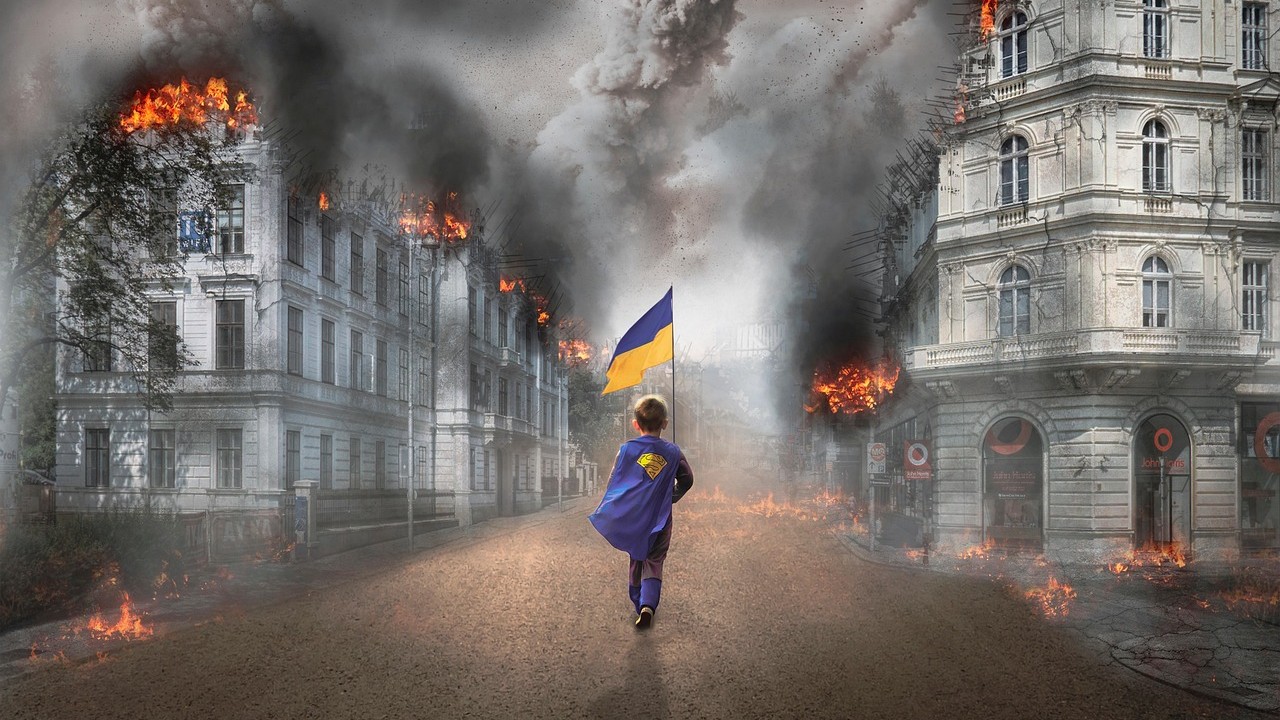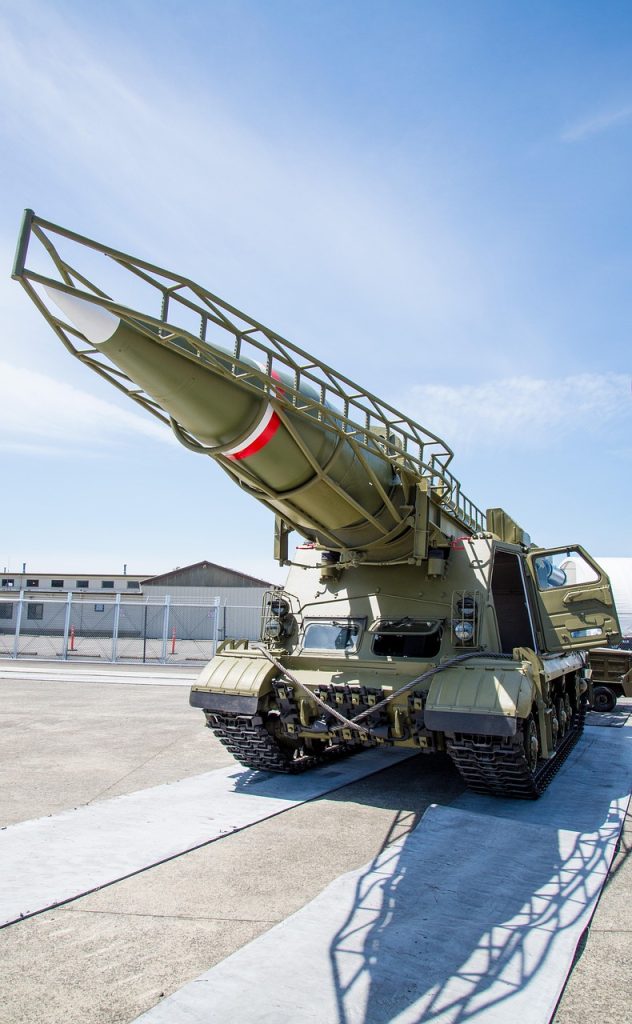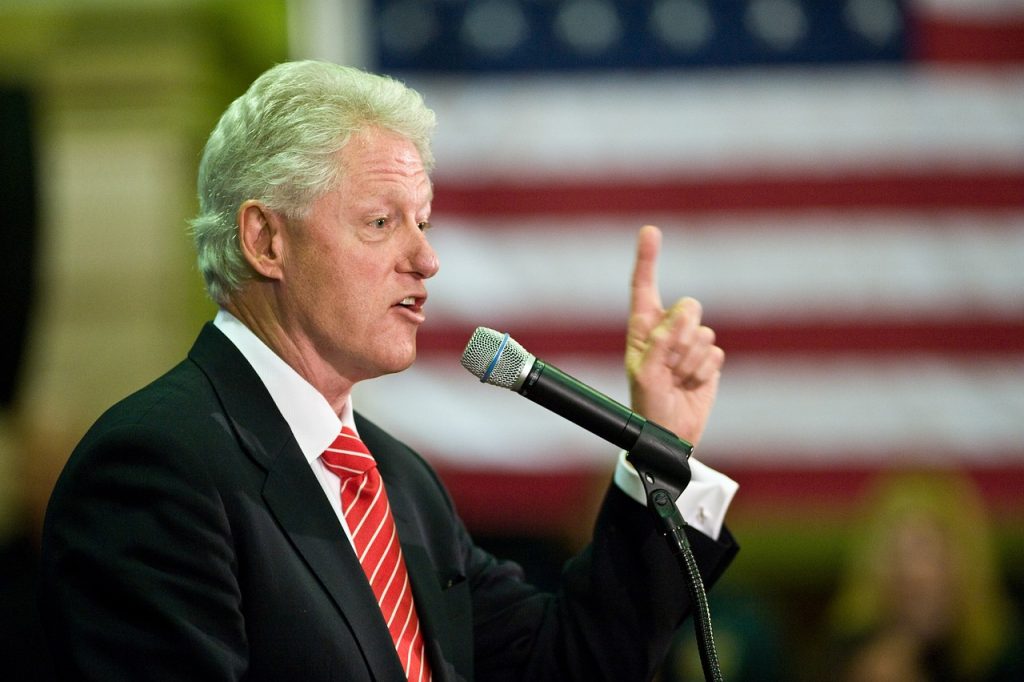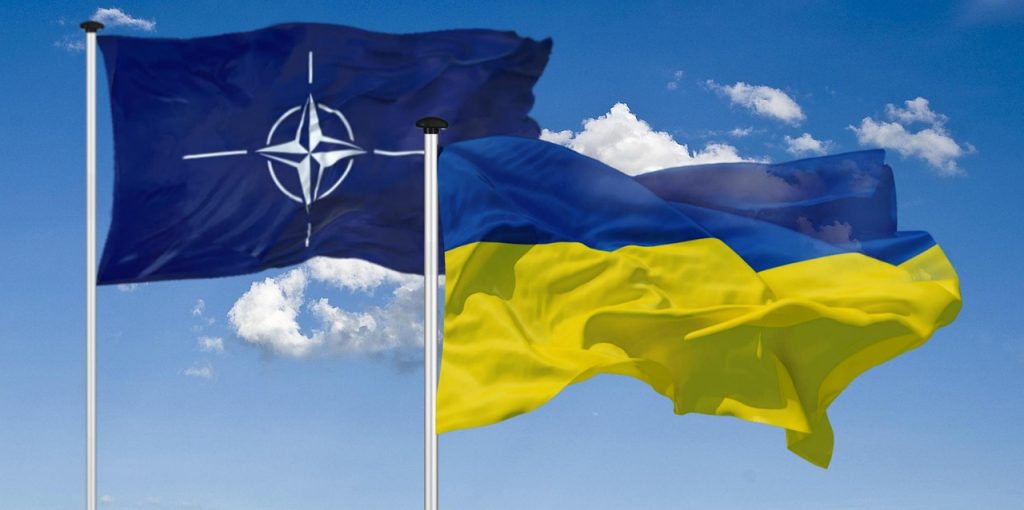The Key to Peace in Ukraine

What if I told you that one of our enemies attempted to offer US territory to Mexico in exchange for aid in a war against the United States? Likewise, what if you heard that one of our adversaries had placed nuclear missiles in Cuba, just 90 miles from the Florida coast? Yes, it’s true! In case you didn’t know, these things actually happened; they are documented facts. Does that make you nervous?

In January 1917, Germany sent the so-called “Zimmermann Telegram”. It was meant for Mexico, but was intercepted by Britain and became one of the factors that brought the United States into World War I. Then there was the Cuban Missile Crisis. Most of us can’t say we were even alive yet, let alone remember that 13-day nightmare in October 1962. I can only imagine the fear and anxiety that my parents and grandparents must have felt as America stood on the brink of nuclear war. We were under the very real threat of death and destruction like nothing we had ever seen before, on our own soil. Your grandparents and mine were hiding in underground bunkers and bomb shelters on and off for 13 days until the matter was resolved and the Soviets (you know, Russia) finally agreed to remove the missiles. Incidentally, placing missiles in Cuba had been, in part, Russia’s response to the US placing missiles at their doorstep in Italy and Turkey. Do you think they have reason not to trust us?
Fast forward to 1990. The Cold War was coming to an end, the Wall had come down and the Iron Curtain had fallen. Within a year, the Soviet Union would be no more and an agreement was made that NATO would stay in its own yard. Many of the former Soviet republics were about to break off and become independent states that would be democratic to varying degrees. NATO, which was the United States and her European allies agreed to play nice with Russia and be friends from a distance. “Not one inch eastward” was the exact wording of the promise the US and NATO made to Russia.

This agreement lasted until 1994 when US President Bill Clinton announced that NATO would eventually expand all the way to the Russian border. That enlargement began in 1999 when Hungary, Poland and the Czech Republic all joined NATO. Then it continued in 2004, when seven additional nations joined, including two direct border nations, Estonia and Latvia. Do you think Putin was upset? Of course, he said as much in his speech to the Munich Security Conference in 2007.
In April 2008, US President George W. Bush attempted to have Ukraine and Georgia accepted into NATO, but it was blocked and put on hold until December. However, before NATO could revisit the notion, Russia invaded Georgia in August 2008. Why? Some said it was “a Beta test for future aggression”. Others said it “signaled Russia’s revival of Soviet-era anti-Westernism and territorial ambitions”. Putin himself claimed it was in response to “genocide” and “aggression” by the Georgian government on the people of South Ossetia.
The crisis in Georgia ended quickly, but a couple of years later, the US put missile systems in Poland and Romania. So, Putin’s a tyrant; we all know it, but do you think maybe we poked the bear just a little bit here? Don’t you think the US and NATO have at least some responsibility for provoking this?

In February 2014, the US actively participated in “the violent overthrow of Ukraine’s pro-Russian President, Viktor Yanukovych”. Why? Was it because he was plotting with Putin to make Ukraine a Russian state again? No, it was because he wanted Ukraine to remain neutral and sought to keep the nation out of NATO. Now a new Eurocentric government was in charge in Ukraine, appealing for NATO membership. Suddenly war broke out in Donbas and Russia was in Crimea.
On February 24, 2022, Putin did an atrocious thing; he invaded the sovereign nation of Ukraine. Tens of thousands have died. He’s a tyrant; all of this is true. There is absolutely no justification, but there was PLENTY of provocation! Whatever your opinion of Trump, or how he handles Zelenskyy, the truth of his policy toward peace in Ukraine rests on bringing this understanding to the table as a neutral mediator.
Jeffrey Sachs, public policy analyst and professor at Columbia University articulates this extremely well. “Recognizing that the war was provoked helps us to understand how to stop it,” he says. Then he goes on to identify two provocations. While Sachs reemphasizes clearly that these are by no means justifications for Putin’s actions, he points out that the responsibility for the provocations rests solely on the United States. “The first was the U.S. intention to expand NATO to Ukraine and Georgia in order to surround Russia in the Black Sea region by NATO countries… The second was the U.S. role in installing a Russophobic regime in Ukraine by the violent overthrow of Ukraine’s pro-Russian President, Viktor Yanukovych, in February 2014.” Once again, how did we respond as a nation when it was just a few Russian missiles in Cuba? And how did we respond a few days after the invasion of Ukraine when there was an opportunity to end the invasion? There was an agreement on the table. Putin was in; Zelenskyy was ready for neutrality. But at the last minute Zelenskyy walked away. Why? Because Biden told him to!
Donald Trump is NOT conspiring with Putin; he’s not “Putin’s b****.” He knows what Sachs knows: “The key to peace in Ukraine is through negotiations based on Ukraine’s neutrality and NATO non-enlargement.”
